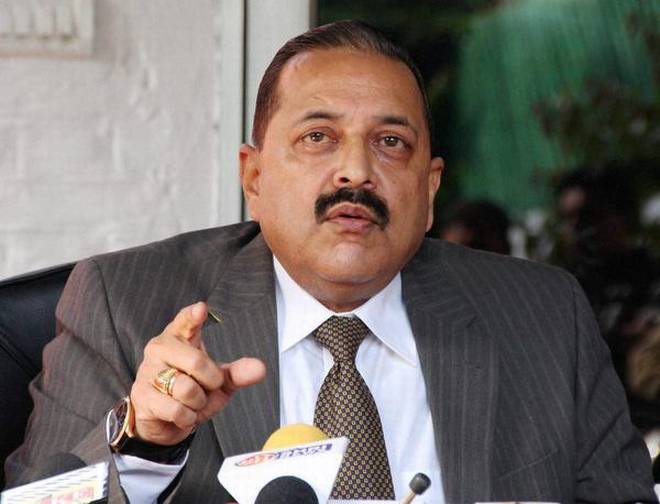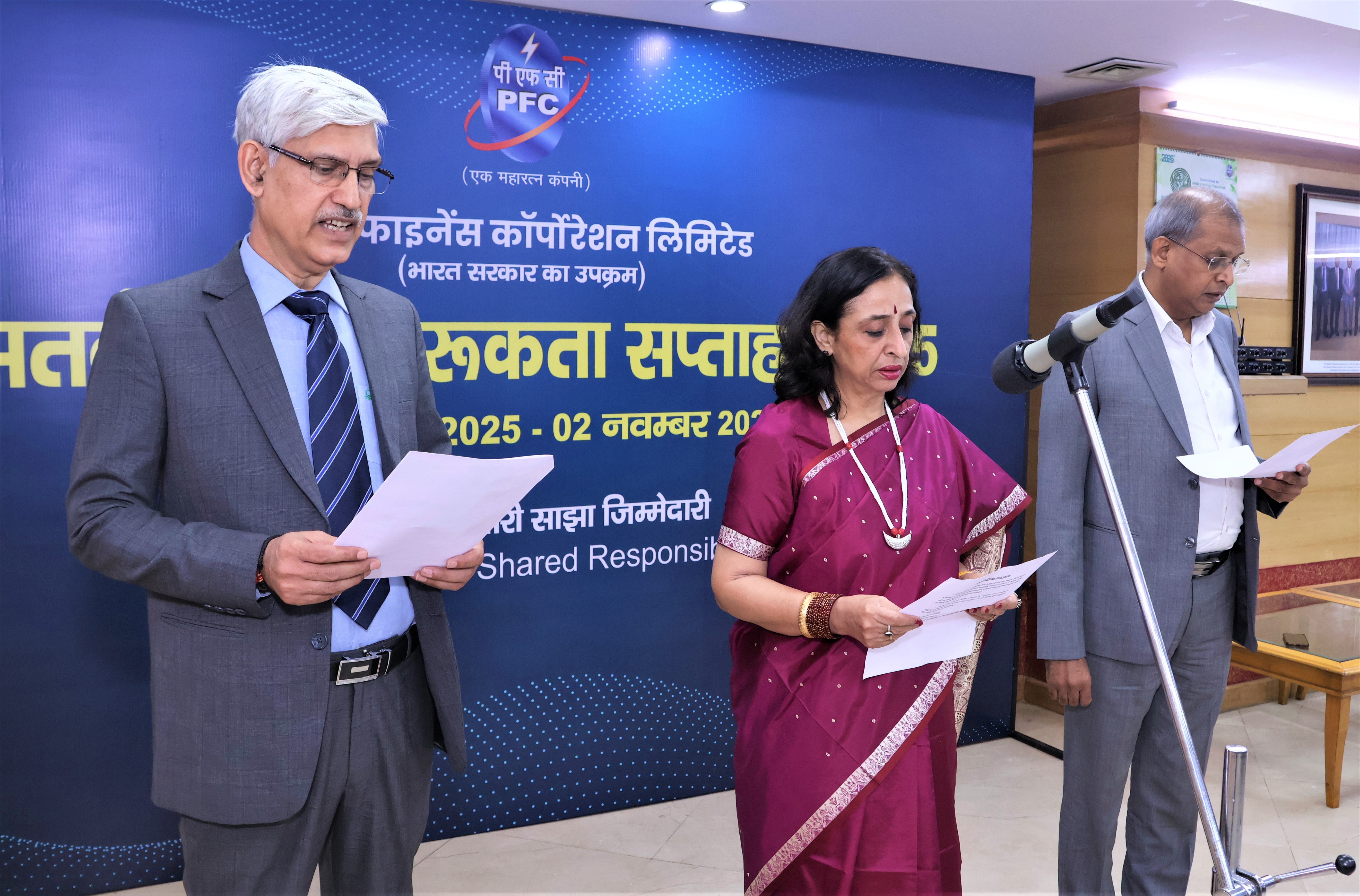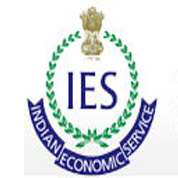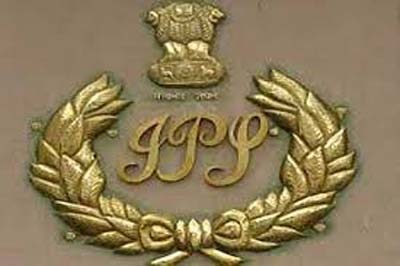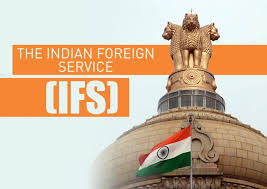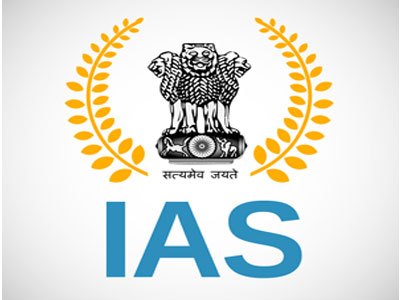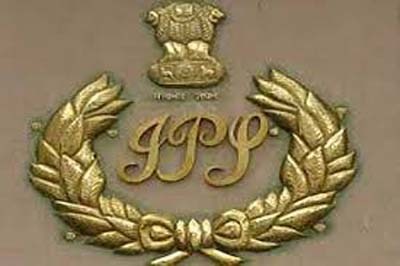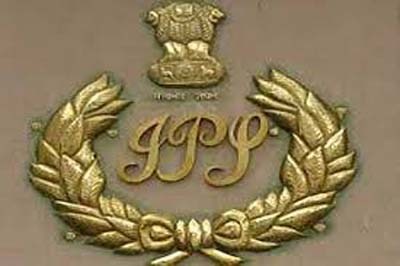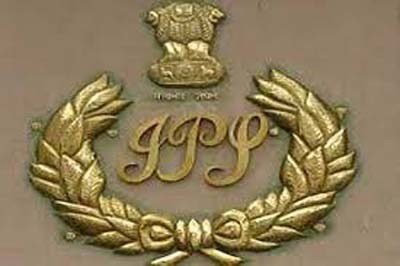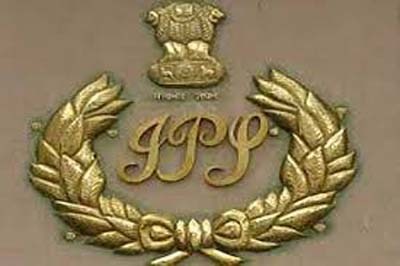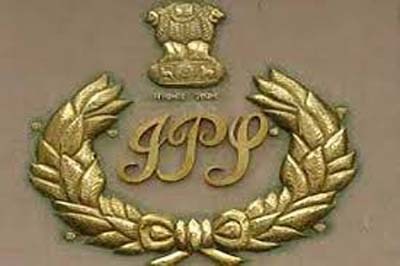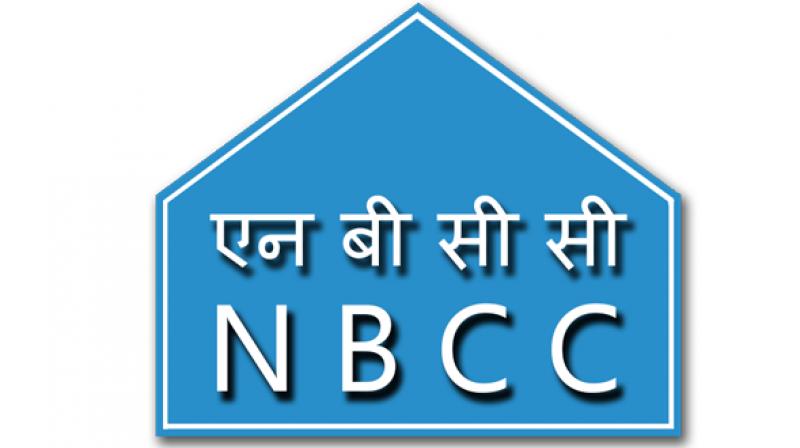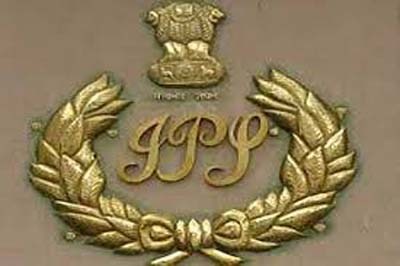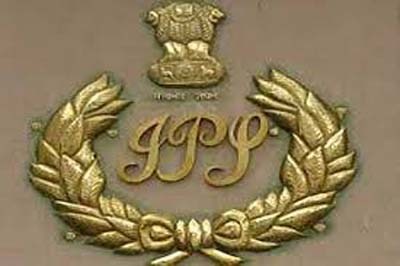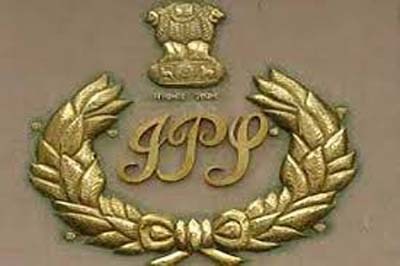Dr. Jitendra Singh today hailed "BharatGen" as India’s first sovereign multilingual and multimodal AI driven Large Language Model, during his visit to IIT Bombay.
The Minister interacted with the core team of "BharatGen", reviewed the ongoing work under the project, and also received an extensive presentation.
During the briefing, Prof. Ganesh Ramakrishnan, Professor-in-Charge of BharatGen, explained in detail how the model functions, what it seeks to achieve, and how it is being developed as a national AI asset for the future. The presentation was attended by Prof. Shireesh Kedare, Director, IIT Bombay; Prof. Abhay Karandikar, Secretary, Department of Science and Technology; and Prof. Kasturi Saha from the Quantum Sensing & Metrology Hub, along with members of the BharatGen team.
Dr. Jitendra Singh was briefed that BharatGen is India’s first sovereign effort to create a Large Language Model that truly reflects the linguistic, cultural and social diversity of the nation. Built to support over twenty-two Indian languages, BharatGen integrates three major modalities- text, speech and document vision, so that it can understand, generate and interpret information in the same way Indian citizens naturally communicate. The Minister was told that this mission has been conceived in the spirit of building an inclusive digital future, where every Indian language, dialect and regional context is represented in the country’s AI capabilities. The project aligns with the broader national vision of making India a global leader in frontier technologies, an objective consistently emphasised by Prime Minister Narendra Modi, who has repeatedly called for developing technology that is rooted in India’s strengths, addresses India’s needs, and contributes to the world from an Indian lens.
The presentation highlighted that BharatGen is supported under the National Mission on Interdisciplinary Cyber-Physical Systems (NM-ICPS) of the Department of Science and Technology, with ₹235 crore being channelled through the Technology Innovation Hub at IIT Bombay. The consortium, led by IIT Bombay, includes leading institutions such as IIT Madras, IIT Kanpur, IIIT Hyderabad, IIT Mandi, IIT Hyderabad, IIM Indore, IIT Kharagpur and IIIT Delhi. Dr. Singh noted that the coming together of such institutions signals a new era of collaborative, mission-driven research, and reflects India’s growing strength in deep-tech innovation.
A key component of BharatGen- Bharat Data Sagar- was explained as one of the most ambitious data initiatives undertaken in the country. The Minister was informed that Bharat Data Sagar is being developed to ensure India’s complete ownership and control over its digital knowledge resources. Through large-scale, India-centric data collection and curation, involving individuals, institutions and organisations across sectors, the initiative aims to build datasets that capture India’s lived realities, cultural nuance, and regional diversity. This ensures not only accurate AI performance but also strengthens India’s long-term digital sovereignty.
The Minister reviewed the BharatGen models released so far. The team presented Param-1, a foundational text model of 2.9 billion parameters trained on 7.5 trillion tokens, with over one-third of the training data representing Indian content. BharatGen has also built Speech models such as Shrutam, a 30-million-parameter Automatic Speech Recognition system, and Sooktam, a 150-million-parameter Text-to-Speech model available in nine Indic languages. Additionally, the project has delivered Patram, India’s first document-vision model with seven billion parameters, trained on 2.5 billion tokens, designed to understand and interpret complex documents in Indian formats. Dr. Singh appreciated that these models together create a complete AI stack for India- text, speech and vision, capable of supporting governance, industry, education, agriculture, healthcare and digital inclusion.
During the interaction, the team demonstrated proof-of-concept applications built on BharatGen. These included Krishi Sathi, a voice-enabled WhatsApp advisory tool that allows farmers to ask questions in their own language and receive instant support; e-VikrAI, which can automatically generate product descriptions from a single image to help small sellers expand their digital presence; and Docbodh, a document Q&A platform powered by Patram that makes complex texts understandable for citizens. The Minister observed that such applications clearly show how AI can directly improve everyday life and make public services more accessible to people at the last mile.
The team informed Dr. Singh that BharatGen is being strengthened through deep industry partnerships with IBM, Zoho, NASSCOM and several ministries, including the Ministry of Water and Sanitation (WASH), as well as with state governments such as Maharashtra. These collaborations bring together India’s domain expertise, local datasets, and sector-specific challenges, enabling BharatGen to evolve into a scalable, deployable and impactful AI ecosystem for the country. The Minister noted that this whole-of-government and whole-of-industry approach reflects India’s commitment to building technology that is collaborative, transparent and nationally owned—an approach that resonates strongly with the Prime Minister’s call for “Technology for People, Technology by People and Technology of People.”
It was also highlighted that BharatGen has recently received additional support of ₹1,058 crore from MeitY under the India AI Mission, expanding it into a nationwide effort to build India’s sovereign AI stack. This combined support from DST and MeitY signals the government’s long-term commitment to positioning India as a major contributor to global AI development. Dr. Singh remarked that such missions demonstrate India’s readiness to drive the next wave of digital transformation, and reaffirm the country’s ability to lead in sectors such as AI, quantum, space, cyber-physical systems, and deep technology.
Dr. Singh appreciated the scale, ambition, and technical depth of the BharatGen initiative, describing it as a turning point in India’s journey toward technological self-reliance. He said that BharatGen is not just a technological project but a national effort to ensure that the future of AI reflects the aspirations, languages and lived experiences of 1.4 billion Indians. He also emphasised that initiatives like BharatGen embody the Prime Minister’s vision of empowering every citizen through science and technology, building systems that are inclusive, trustworthy, and locally grounded, and ensuring that India’s digital narrative is written by Indians themselves.
The Minister concluded by encouraging the BharatGen team to continue building models that are globally benchmarked yet uniquely Indian, scalable yet accessible, and technologically advanced yet simple enough for citizens to benefit from. He said that BharatGen will play a defining role in shaping India’s digital decade and enabling the country to contribute meaningfully to the global AI landscape.
